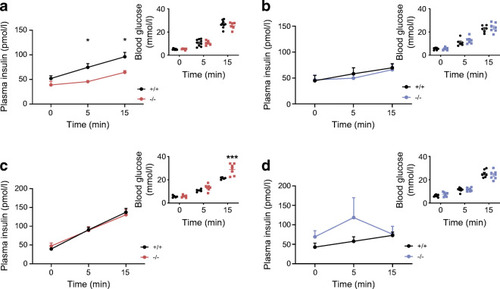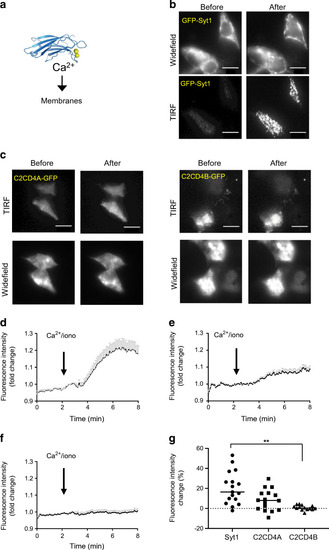- Title
-
Sexually dimorphic roles for the type 2 diabetes-associated C2cd4b gene in murine glucose homeostasis
- Authors
- Mousavy Gharavy, S.N., Owen, B.M., Millership, S.J., Chabosseau, P., Pizza, G., Martinez-Sanchez, A., Tasoez, E., Georgiadou, E., Hu, M., Fine, N.H.F., Jacobson, D.A., Dickerson, M.T., Idevall-Hagren, O., Montoya, A., Kramer, H., Mehta, Z., Withers, D.J., Ninov, N., Gadue, P.J., Cardenas-Diaz, F.L., Cruciani-Guglielmacci, C., Magnan, C., Ibberson, M., Leclerc, I., Voz, M., Rutter, G.A.
- Source
- Full text @ Diabetologia
|
Genomic context of type 2 diabetes variants in the |
|
Characterisation of |
|
|
|
Effect of |
|
Effect of deletion of |
|
Changes in C2CD4A and C2CD4B localisation in response to increased intracellular [Ca2+]. ( |

ZFIN is incorporating published figure images and captions as part of an ongoing project. Figures from some publications have not yet been curated, or are not available for display because of copyright restrictions. |

ZFIN is incorporating published figure images and captions as part of an ongoing project. Figures from some publications have not yet been curated, or are not available for display because of copyright restrictions. |






